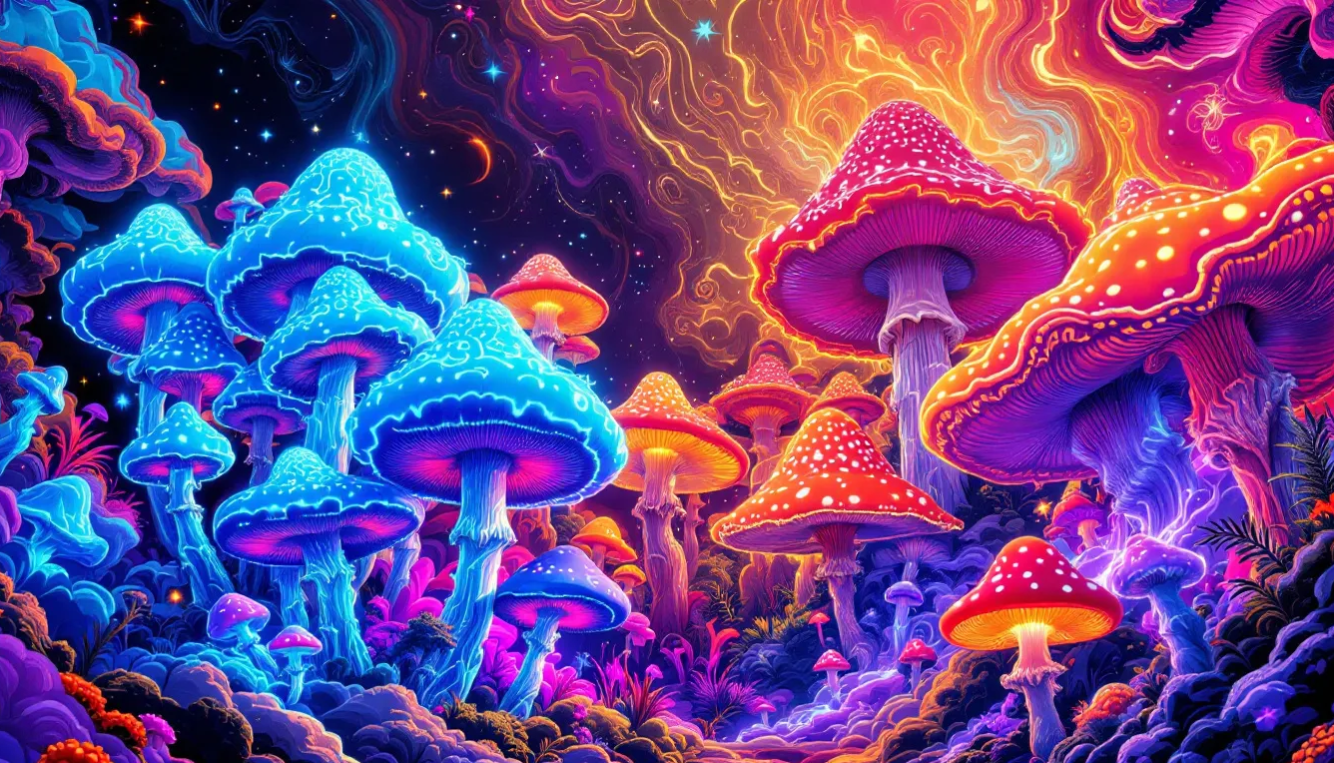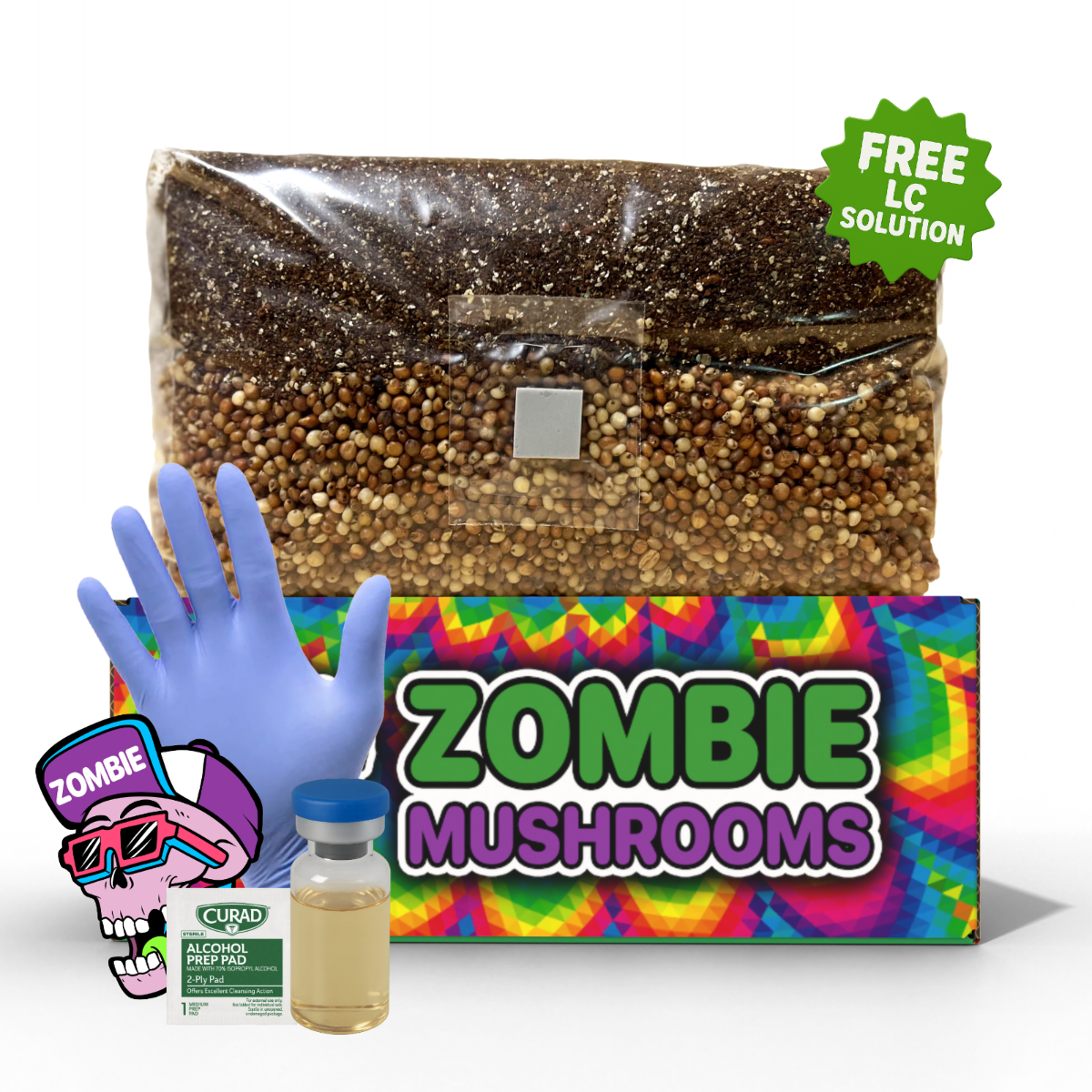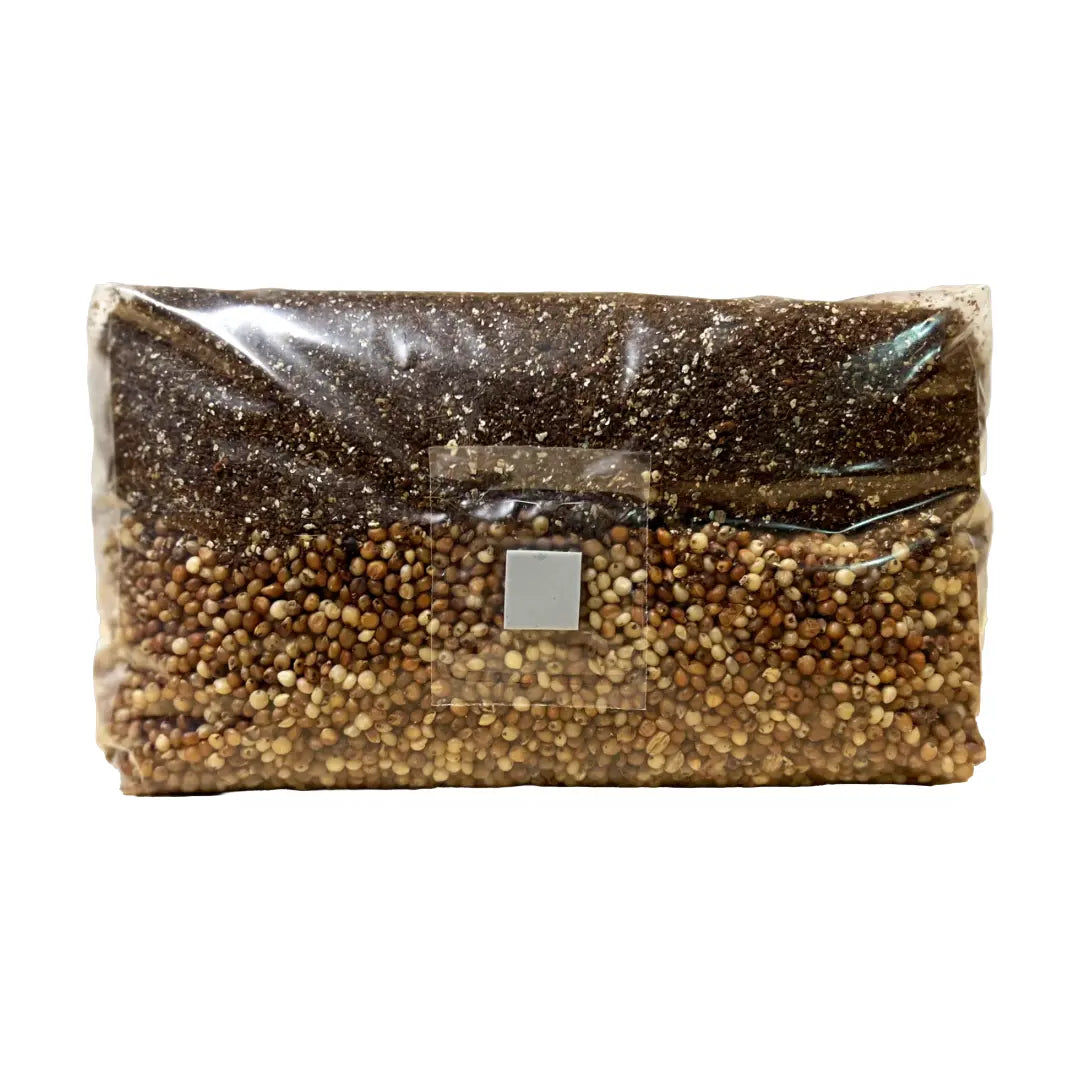- Psilocybin mushrooms contain psychoactive compounds that interact with serotonin receptors, altering mood, perception, and cognition.
- There are over 180 species of psychedelic mushrooms found across various climates, each with unique potency and effects.
- Research suggests psilocybin shows promise in treating depression, PTSD, and addiction by resetting brain activity patterns.
- Misidentification of mushrooms can lead to poisoning, as toxic species closely resemble psychedelic varieties.
- Legal status of psychedelic mushrooms varies globally, with some countries and cities decriminalizing or allowing research into their therapeutic benefits.
What Are Psychedelic Mushrooms?
Psychedelic mushrooms, also known as majic mushrooms, have natural hallucinogenic compounds which produce altered states of consiousness. The 2 main active ingrediants—psilocybin and psilocin—interact with serotonin receptors in the brain to induce profound changes in perception, mood and thought processes. These mushrooms have been utilised for thousands of years in spiritual, religious, and shamanic practices, notably in Mesoamerican cultures. And today, increasing scientific research is uncovering their potential for treating mental health conditions, including depression, PTSD, and addiction (Carhart-Harris et al., 2017).

Major Genera of Psychedelic Mushrooms
Psychedelic mushrooms belong to several genera, each containing species with distinct chemical compositions, potency levels, and habitat preferences. Understanding these genera can aid in identification and responsible use.
Psilocybe – The Most Popular Psychedelic Mushrooms
The Psilocybe genus is the most well-known group of psychedelic mushrooms, with species valued for their psilocybin content and widespread distribution. These mushrooms often grow in humid environments, including forests, grasslands, and decaying plant matter.
Notable Species in the Psilocybe Genus
-
Psilocybe cubensis ("Golden Teacher")
- One of the most widely consumed psychedelic mushrooms, popular among psychonauts and cultivators.
- Moderately potent, with around 0.6–1.2% psilocybin.
- Grows easily on various substrates, including manure and rice flour cakes.
-
Psilocybe semilanceata ("Liberty Cap")
- Small but potent species commonly found in Europe and North America.
- Psilocybin content around ~1%, making it stronger then Psilocybe cubensis.
- Grows in grassy fields, often appearing after rain.
-
Psilocybe cyanescens ("Wavy Cap")
- One of the stronger psilocybin-containing mushrooms, with 1.5–2% psilocybin.
- Commonly grows on wood chips, mulch, and decaying plant debris.
- Recognizable by wavy-shaped caps and blue bruising when handled.
-
Psilocybe azurescens ("Flying Saucers")
- Considered one of the most potent psychedelic mushrooms, containing up to 1.8% psilocybin (Stamets, 1996).
- Thrives in coastal environments, particularly in the Pacific Northwest.
Panaeolus – High-Potency Psychedelic Mushrooms
The Panaeolus genus includes mushrooms that contain both psilocybin and psilocin, often growing in tropical and subtropical areas. These mushrooms are known for their spotted spores and rapid onset of effects.
-
Panaeolus cyanescens ("Blue Meanies")
- Extremely potent, with psilocybin levels exceeding 2.5% in some cases (Gartz, 1995).
- Recognized for its bluish bruising and black spores.
- Found in tropical regions, tipically in humid grasslands.
-
Panaeolus cinctulus
- Moderately potent species often collected in pastures.
- Psilocybin levels vary but generaly fall below 1%.
Amanita – A Different Kind of Psychedelic Experience
While not true psilocybin mushrooms, the Amanita genus—most notably Amanita muscaria ("Fly Agaric")—contains psychoactive compounds muscimol and ibotenic acid. These compounds induce a dream-like, sedative experience rather than a traditional psychedelic trip.
- Effects include: Deep relaxation, confusion, mild euphoria, and altered perception.
- Unlike psilocybin mushrooms, Amanita species do not interact with serotonin receptors, but instead affect GABA receptors, producing distinctive effects.
- Preparation is crucial: The raw mushroom contains toxic ibotenic acid, which should be converted to muscimol through drying or heating before consumption.
Key Psychoactive Compounds in Psychedelic Mushrooms
The psychoactive effects of mushrooms depend on the specific compounds they contain
- Psilocybin – A prodrug that converts into psilocin in the body, producing alterations in perception, emotion, and self-awareness.
- Psilocin – Directly active in the brain, affecting serotonin receptors (5-HT2A) to create profound changes in thought and sensation.
- Baeocystin & Norbaeocystin – Present in some species, contributing to the overall psychedelic experience, though their effects are not well-studied.
- Muscimol & Ibotenic Acid – Found in Amanita muscaria, producing a sedative, dreamlike state rather then a classic hallucinogenic trip.

Comparing Potency and Effects
| Mushroom Species | Psilocybin Content (% dry weight) | Primary Effects |
|---|---|---|
| Psilocybe cubensis | 0.6-1.2% | Moderate visuals, emotional openness |
| Psilocybe semilanceata | ~1% | Strong visuals, deeper introspection |
| Psilocybe cyanescens | 1.5-2% | Intense visuals, cognitive expansion |
| Psilocybe azurescens | ~1.8% | Extreme potency, body load, deep hallucinations |
| Panaeolus cyanescens | >2% | Fast onset, energetic, strong visuals |
| Amanita muscaria | Non-psilocybin | Sedation, dream-like, altered consciousness |
Effects tipically begin within 20-40 minutes, peak around 1-2 hours, and last 4-6 hours, depending on dosage and species (Nichols, 2016).

Risks and Safety Considerations
Misidentification Risks
Mistaking toxic mushrooms for psychedelic mushrooms can be deadly. Species in the Galerina genus contain amatoxins, which can cause liver failure. Always consult an expert or use a trusted identification guide.
Psychological Challenges ("Bad Trips")
High doses or poor set and setting can cause paranoia, anxiety, and overwhelming hallucinations. A calm environment, a sitter, and mindful dosage minimize risks.
Physical Reactions
Some people experience nausea, dizziness, or temporary muscle tremors. Hydration and proper preparation methods help reduce discomfort.
Legality and Ethical Considerations
- Psilocybin mushrooms remain illegal in many parts of the world, though growing decriminalization is occurring.
- Cities like Denver, Oakland, and Portland have lead the movement toward decriminalization for personal use.
- Clinical trials suggest psilocybin therapy could be a game-changer for mental health treatment (Carhart-Harris et al., 2017).
Final Thoughts
Psychedelic mushrooms offer profound experiences with spiritual, therapeutic, and recreational significance. However, their use demands caution, responsibility, and knowledge. As research expands and legal policies shift, psychedelic mushrooms may play an increasingly vital role in medicine and mental health treatment.
Citations
- Carhart-Harris, R. L., Roseman, L., Bolstridge, M., Demetriou, L., Pannekoek, J. N., Wall, M. B., ... & Nutt, D. J. (2017). Psilocybin for treatment-resistant depression: fMRI-measured brain mechanisms. Scientific Reports, 7, 13187. https://doi.org/10.1038/s41598-017-13282-7
- Stamets, P. (1996). Psilocybin Mushrooms of the World: An Identification Guide. Ten Speed Press.
- Nichols, D. E. (2016). Psychedelics. Pharmacological Reviews, 68(2), 264-355. https://doi.org/10.1124/pr.115.011478
- Johnson, M. W., Hendricks, P. S., Barrett, F. S., & Griffiths, R. R. (2019). Classic psychedelics: An integrative review of epidemiology, therapeutics, mystical experience, and brain network function. Pharmacology & Therapeutics, 197, 83-102. https://doi.org/10.1016/j.pharmthera.2018.11.010
- Gartz, J. (1995). Analysis and cultivation of psychoactive mushrooms in Europe. Annali dei Musei Civici di Rovereto, 10(1), 307-320.



